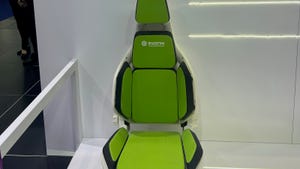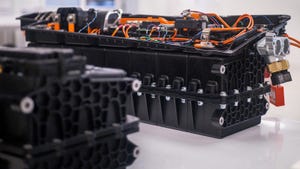These companies have risen above the rest in 2020. Which one do you think deserves the crown?
December 8, 2020

Each year, MD+DI's editors take a long, hard look at the medical device and diagnostics companies that rose above the ranks over the past 12 months. It goes without saying that 2020 was a different year. Companies have had to reinvent themselves during the pandemic.
Medtech firms have had to look for alternative funding, pivot to adapt to a rapidly-changing regulatory cycle, and find their way through a brand new digital world. The following are our nominees for the 2020 Medtech Company of the Year. Check them out, then let us know your choice at the end of our list. We'll announce our pick next week, and the Reader's Choice later this month.
About the Author(s)
You May Also Like


